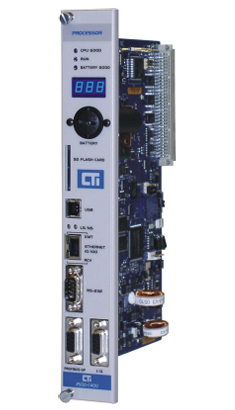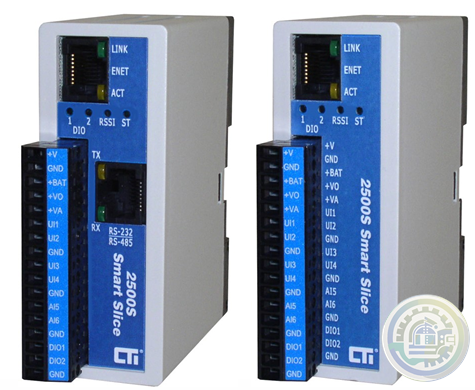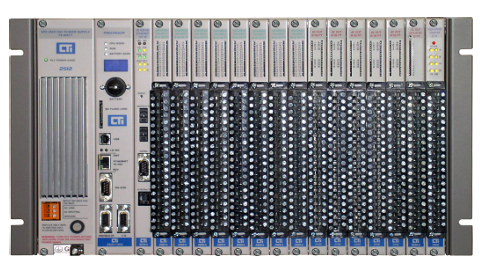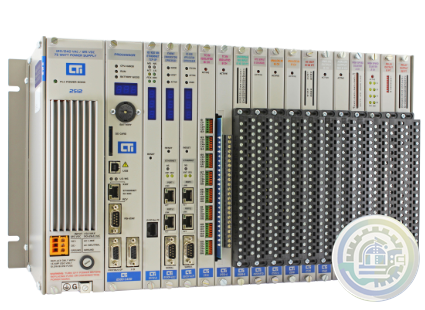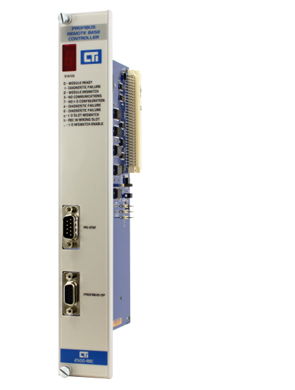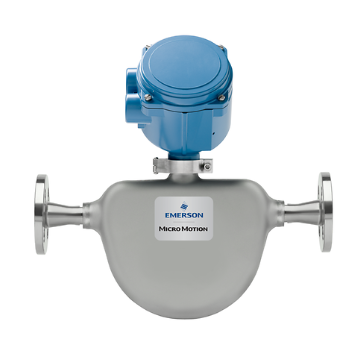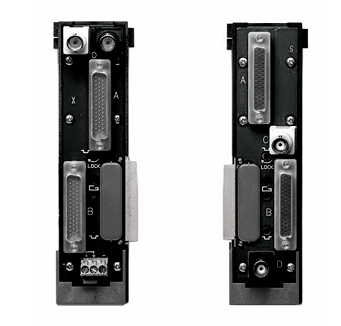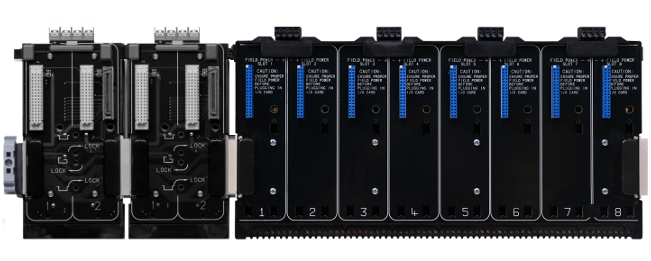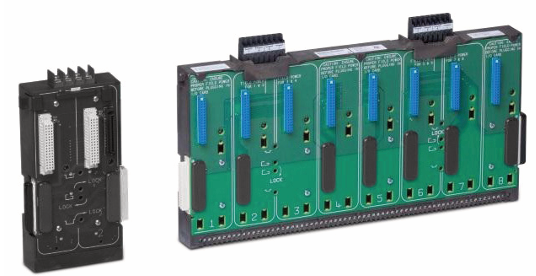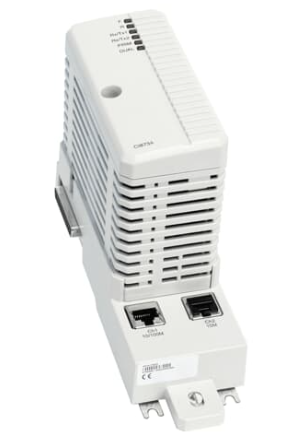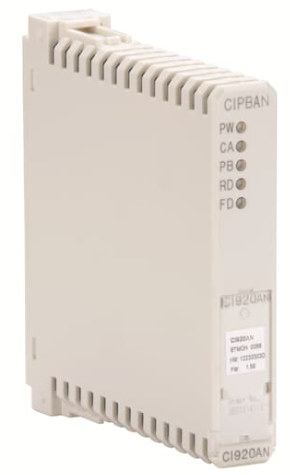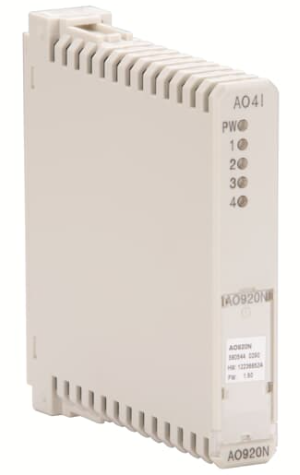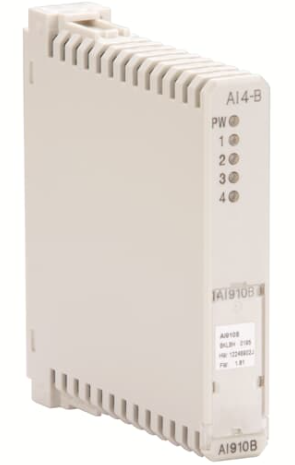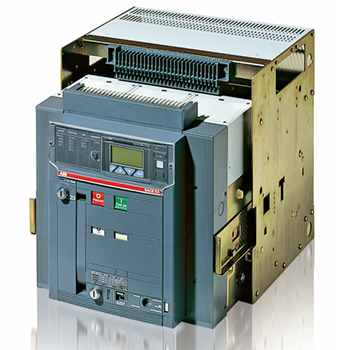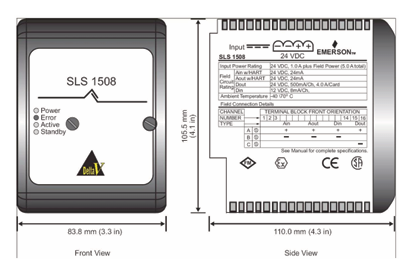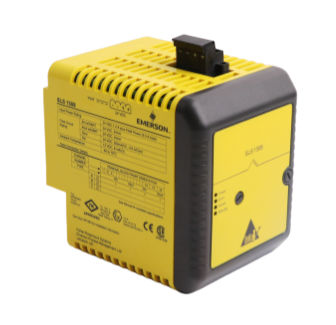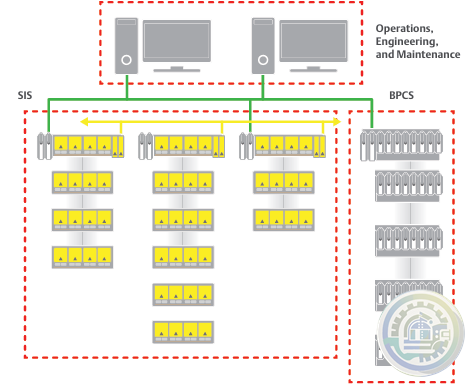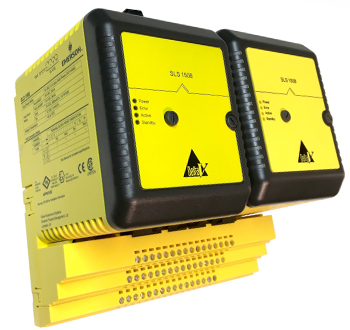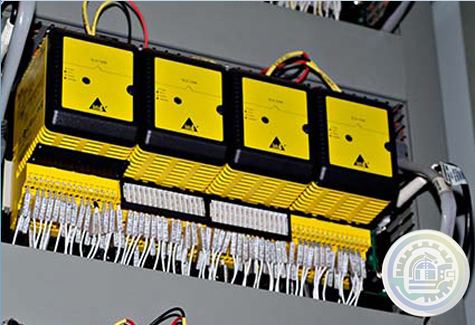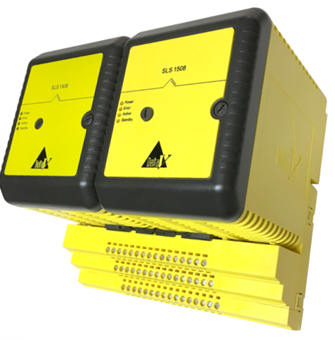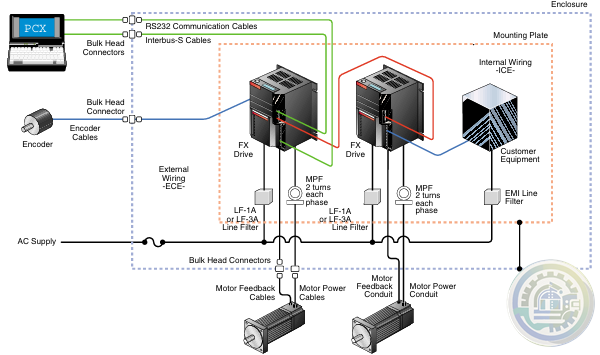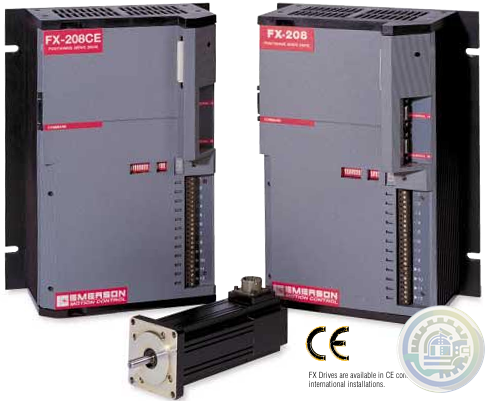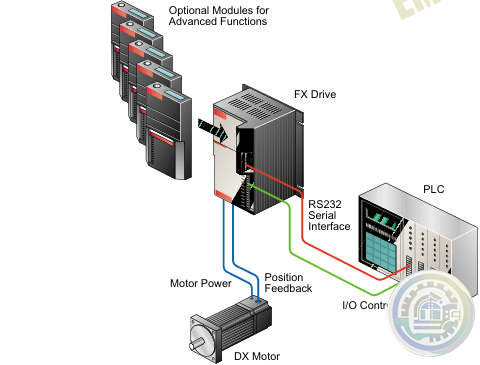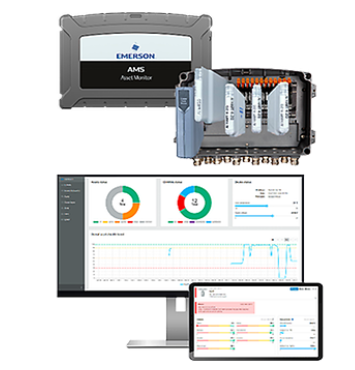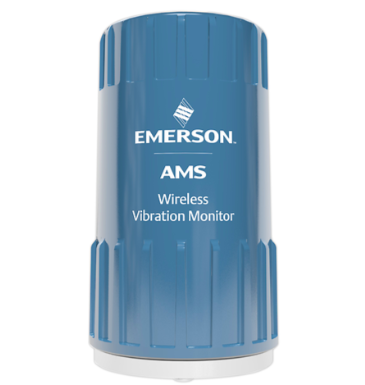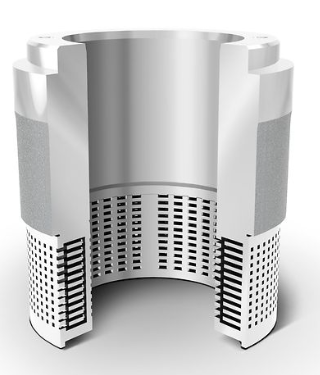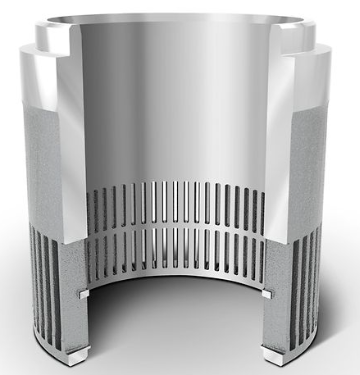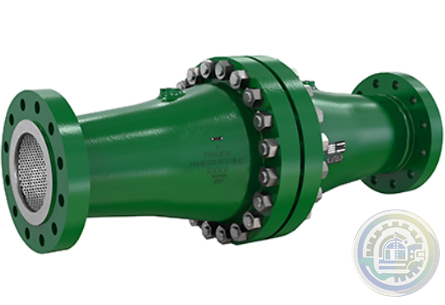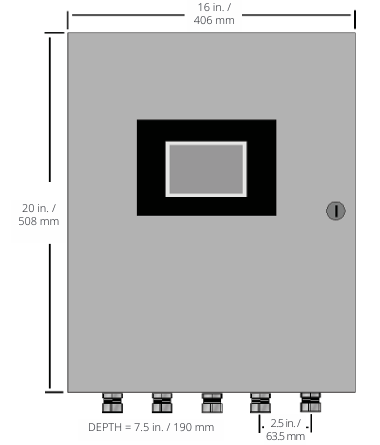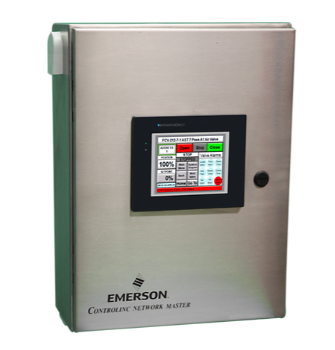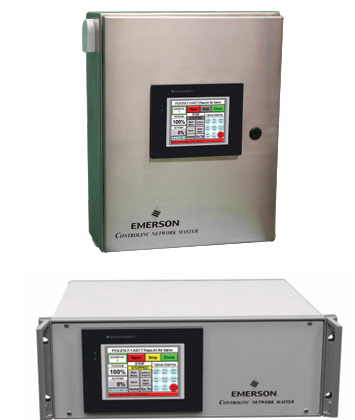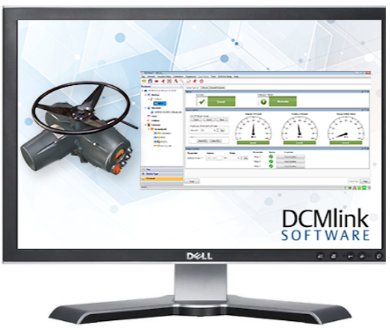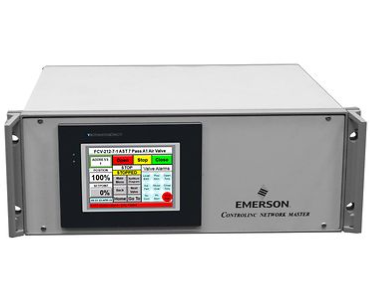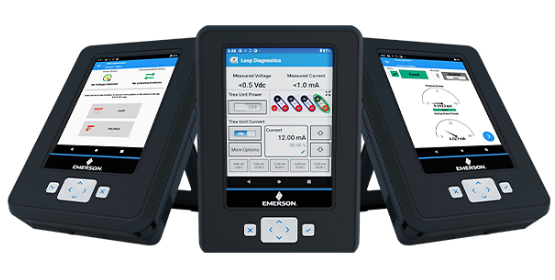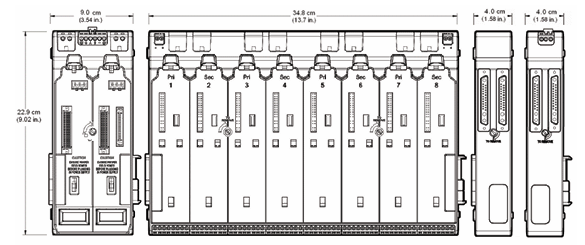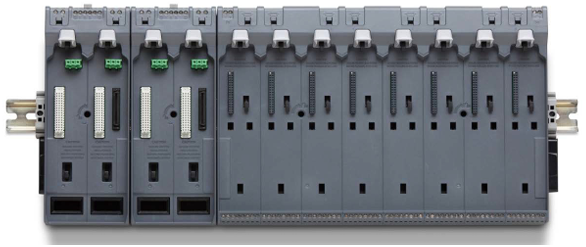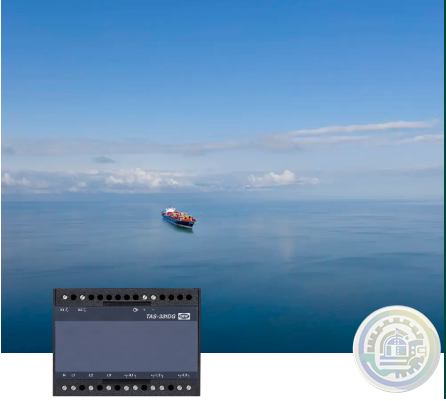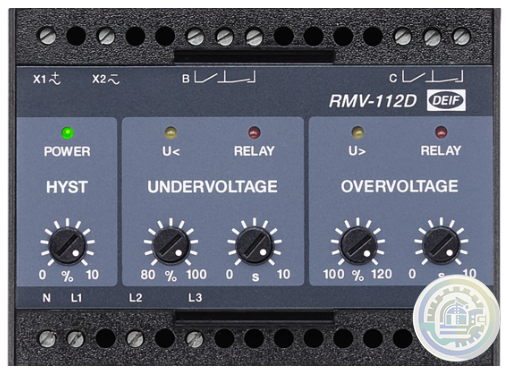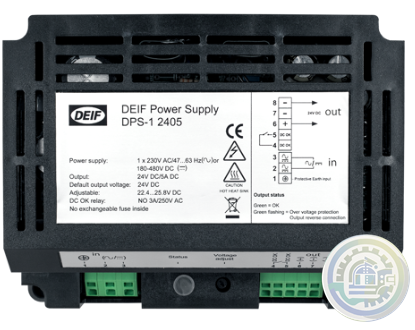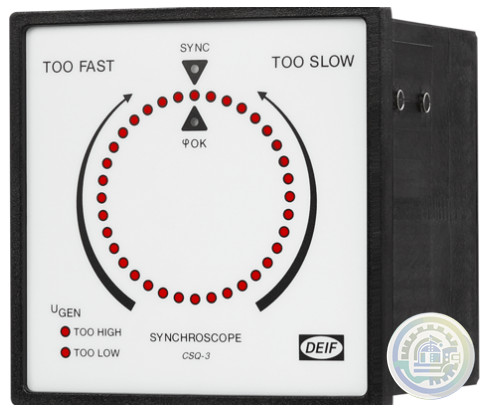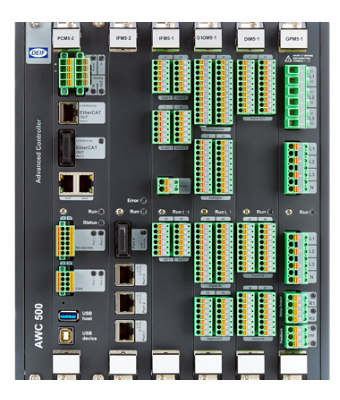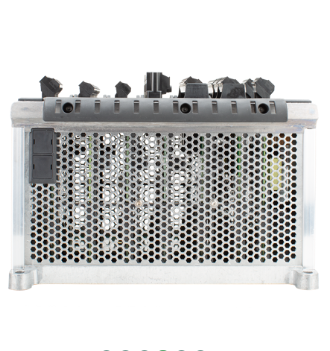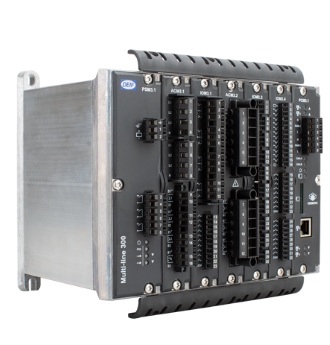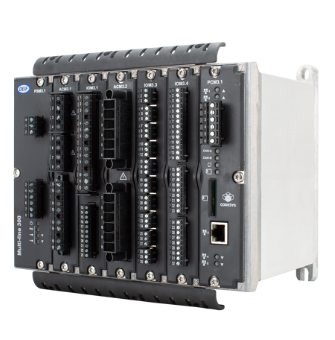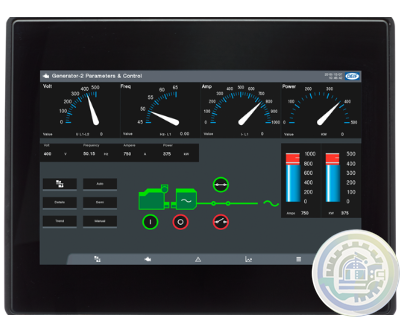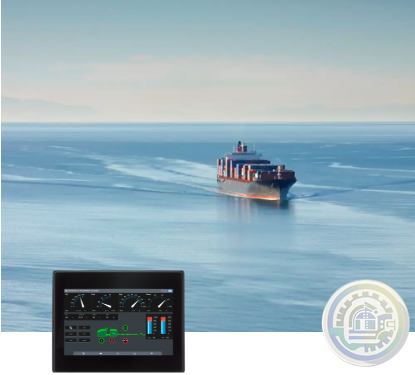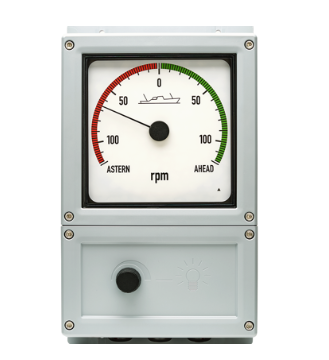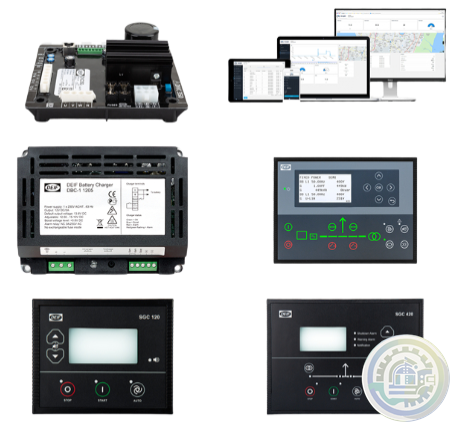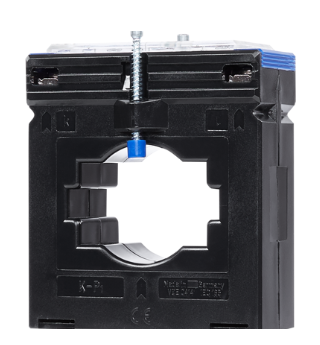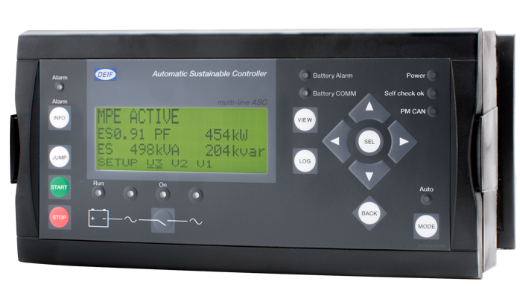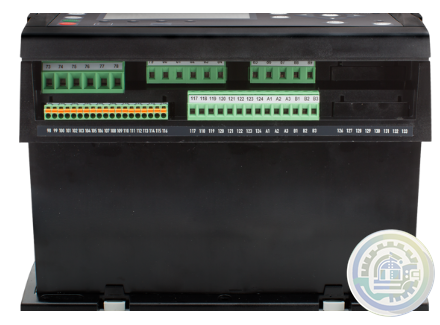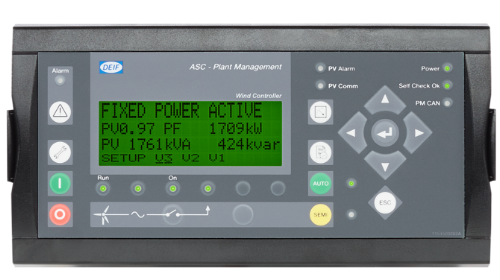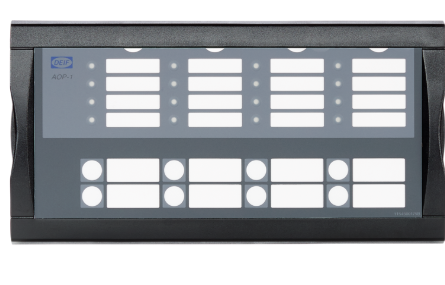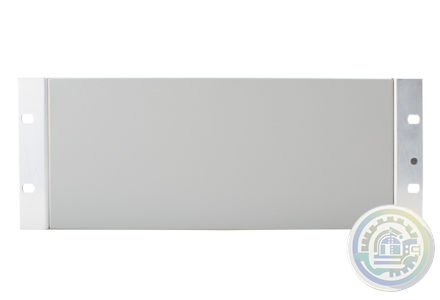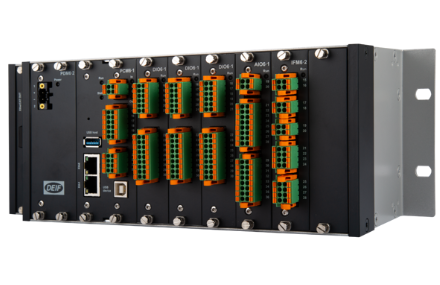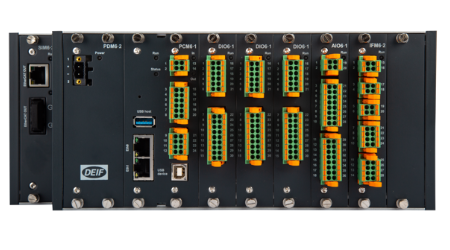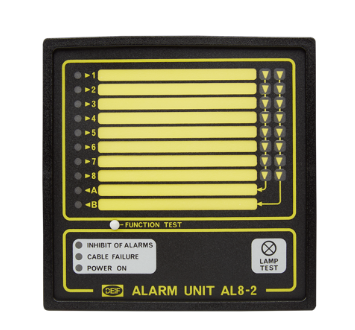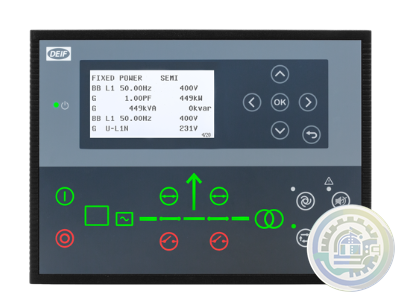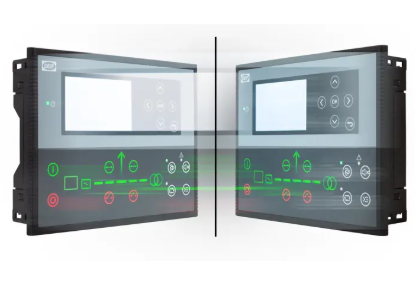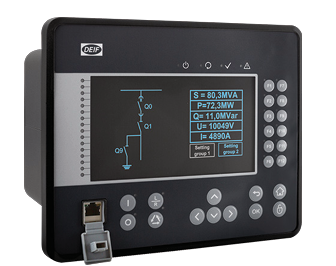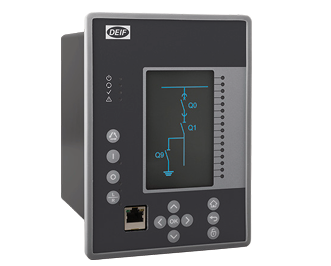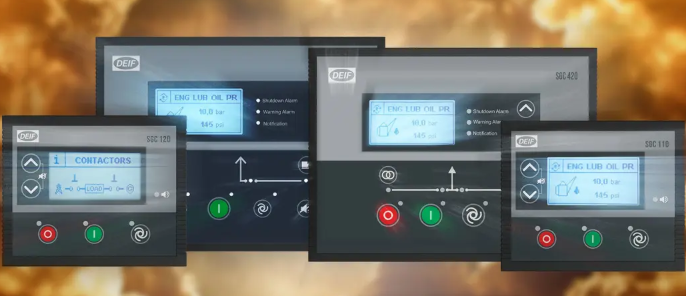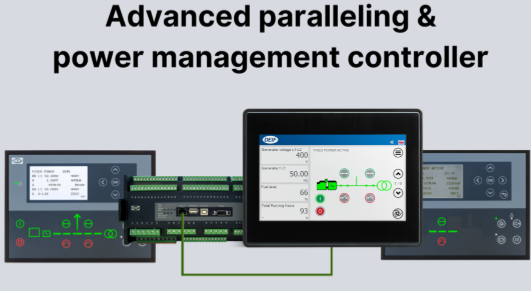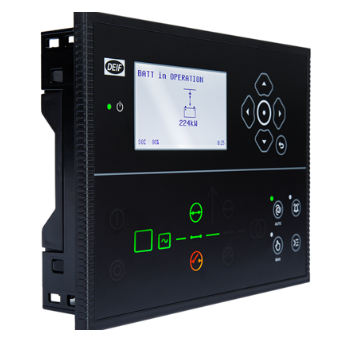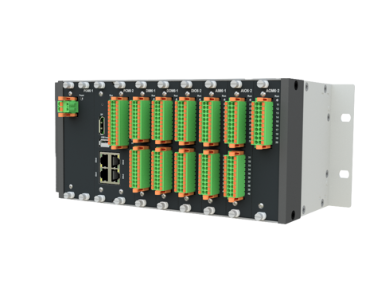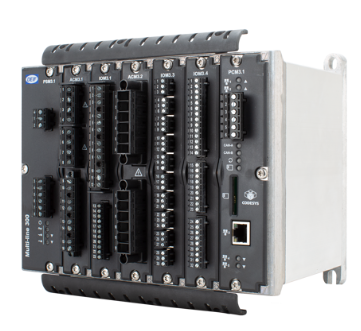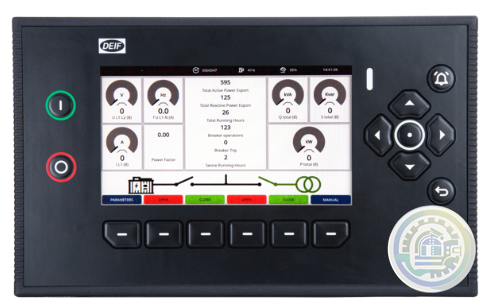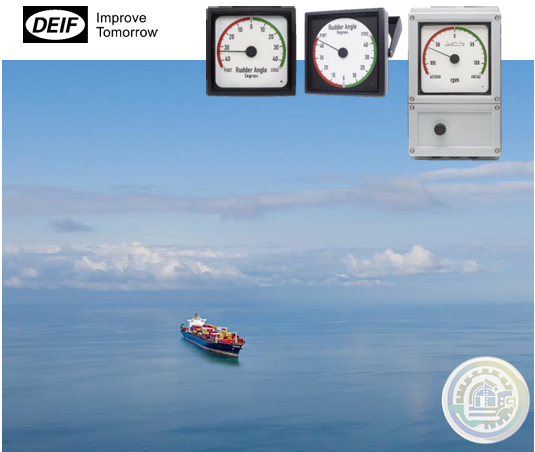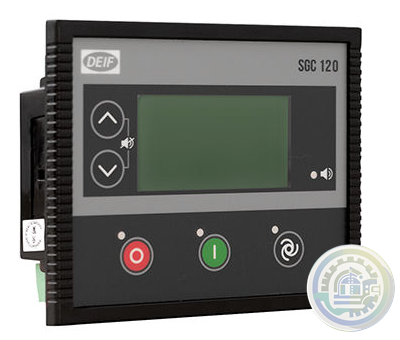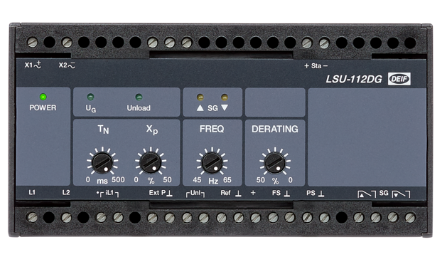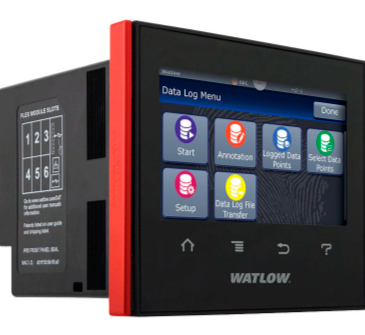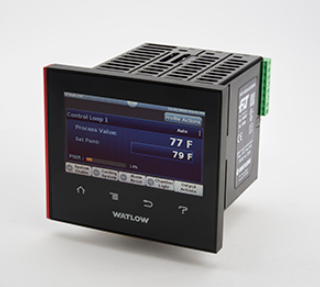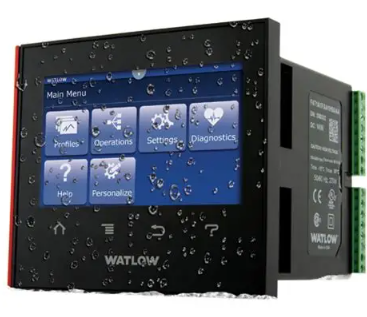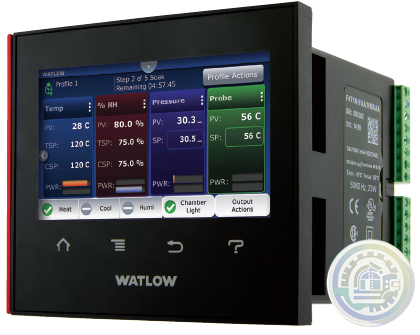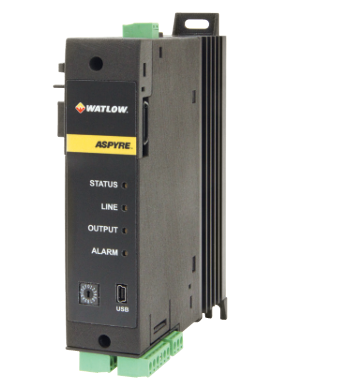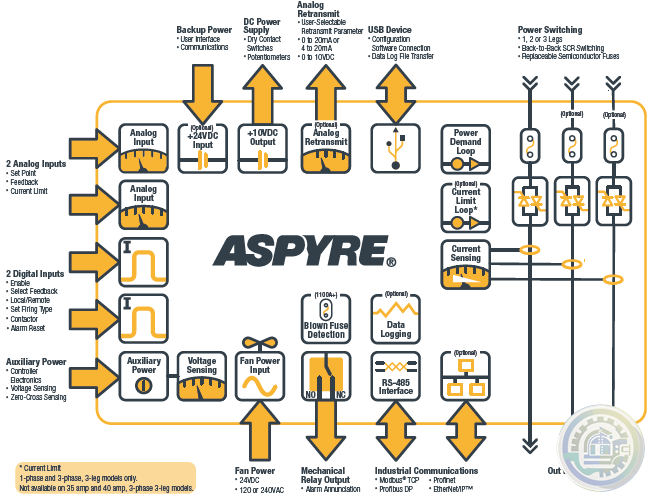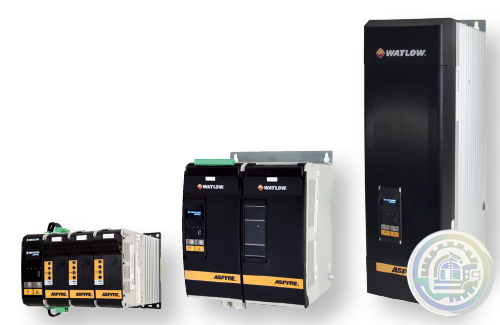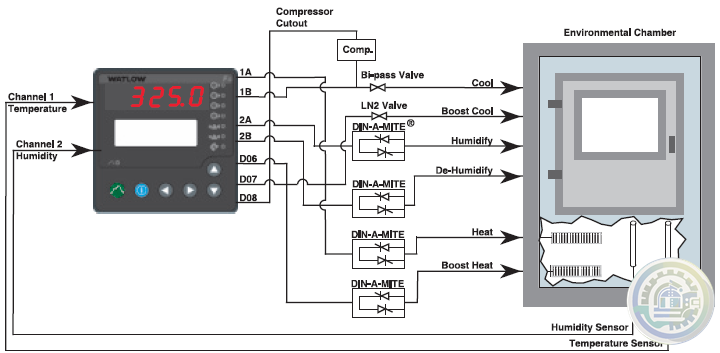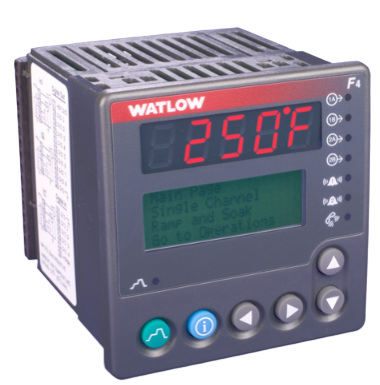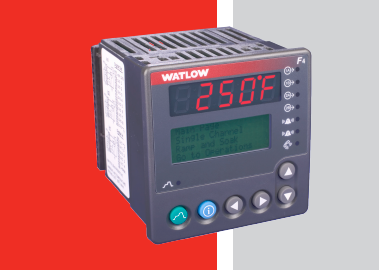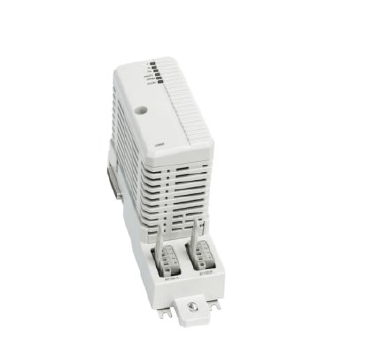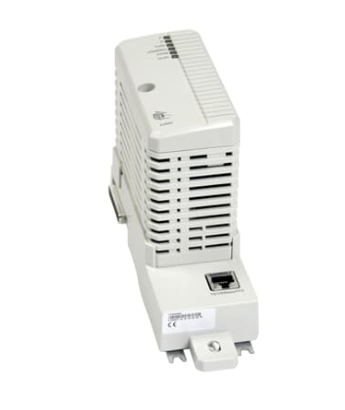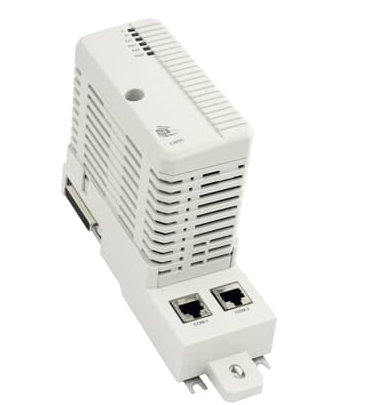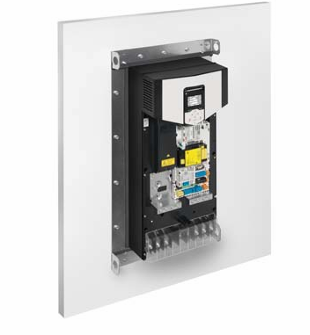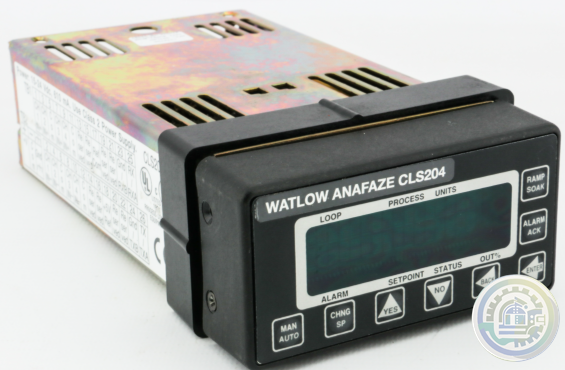-
Emerson Rosemount 3051L Level Transmitter
-
Emerson PR6426/010-110+C0N021/916-240 Eddy Current Signal Converter
-
Emerson PR6423/011-110+C0N021 Eddy Current Signal Converter
-
Emerson Rosemount 2160 Wireless Level Switch
-
Emerson Rosemount 702 Wireless Plunger Arrival Transmitter
-
CTI 2500 Series® Programmable Controllers
-
CTI 2500S SLICE I/O Ethernet I/O Modules
-
CTI 2500 Series - Slice I/O (MATURE)
-
CTI 2500 Series® Slice Hardware Specifications
-
CTI 2500 Series® Cost-Effective Solutions
-
CTI 2500 Series® Slice Ethernet Remote I/O System
-
CTI 2500 Series® Classic PAC System Simply SeamlessTM
-
CTI 2500 Series® Continuous Evolutionary Improvement
-
CTI 2500 Series® Classic Programmable Automation Control System
-
CTI 2500-RBC Profibus Remote Base Controller
-
Emerson Micro Motion ELITE CMFS007M Coriolis Meter
-
Emerson Micro Motion™ Technical Overvie
-
Emerson Mechanical Solutions and Services
-
Emerson KJ4010X1-BG1 Right LocalBus Extender Cable Assembly
-
Emerson DeltaV™ Cabinet Nameplate
-
Emerson DeltaV™ M-series I/O carriers System Compatibility
-
Emerson The DeltaV horizontal-mount 8-wide I/O interface carrier with individual field power per I/O card
-
Emerson DeltaV™ M-series I/O Subsystem Horizontal Carriers
-
ABB CI873A Ability™ System 800xA® hardware selector
-
ABB DIS880 Ability™ System 800xA® hardware selector
-
ABB CI920AN (CIPBA) Ability™ System 800xA® hardware selector
-
ABB AO920N (AO4I) Ability™ System 800xA® hardware selector
-
ABB AI910B (AI4-B) Compact Product Suite hardware selector
-
ABB AO2060 Category 2G Analyzer Modules
-
ABB Preventive maintenance for Emax low voltage air circuit breakers
-
Emerson Redundancy SLS 1508 Logic Solver modules
-
Emerson Unique Redundancy Methodology
-
Emerson DeltaV SIS™ Logic Solver Communication
-
Emerson DeltaV SIS™ Logic Solver DeltaV SIS Hardware
-
Emerson DeltaV SIS™ Logic Solver Benefits-Flexible deployment
-
Emerson DeltaV SIS™ Logic Solver
-
Emerson Typical CE Mark FX System Configuration
-
Emerson CE MARK FX SERIES POSITIONING SERVO DRIVE SYSTEMS
-
Emerson FX Series Positioning Servo Drive Systems Features
-
Emerson FX Series Positioning Servo Drive Systems
-
Emerson AMS Asset Monitor
-
Emerson Online Prediction, Protection and Process Monitor
-
Emerson The next step in your digital transformation just got easier!
-
Emerson AMS Wireless Vibration Monitor
-
Emerson Fisher™ WhisperFlo™ Aerodynamic Noise Attenuation Trim
-
Emerson Fisher™ Whisper Trim™ I Cage
-
Emerson Fisher™ Whisper Trim™ III Cage
-
Emerson Fisher™ 6060 WhisperTube Modal Attenuator
-
Emerson Fisher™ easy-e™ EA SERIES Control Valve
-
Emerson Rosemount 8700 Series Magnetic Flowmeter Systems
-
Emerson Damcos™ BRC 250 Hydraulic Double-acting Balanced Rotary Actuator 90° (Quarter-turn)
-
Emerson Model M250N Mounting of Rack Mount Enclosure
-
Emerson Model M250N Controlinc Network Controller System Configuration
-
Emerson Controlinc Network Master Model M250 Version 5.2
-
Emerson DCMlink Software
-
Emerson M250 Controlinc Network Master
-
Emerson AMS Trex Device Communicator
-
Emerson AMS Trex™ Device Communicator with embedded Bluetooth® connectivity
-
Emerson S-series Horizontal Carriers Product Description
-
Emerson S-series Horizontal Carriers Modular design allows flexible installation
-
Emerson S-series Horizontal Carriers
-
DEIF TAS-331DG AC transducer for active or reactive power
-
DEIF RMV-112D Undervoltage and overvoltage relay, U< and U>
-
DEIF DPS-1 DC Power Supply
-
DEIF DM 400 hydro Integrated systems
-
DEIF DBC-1 Battery charger
-
DEIF CSQ-3 Multi-function synchroscope
-
DEIF CODESYS Programming editor and debug
-
DEIF CODESYS Features Software - AWC 500 development package
-
DEIF AMC 300 Features Advanced Programmable Controller
-
DEIF AMC 300 Performance and system design freedom
-
DEIF AMC 300 Flexible solution design options
-
DEIF AMC 300 Advanced Programmable Controller
-
DEIF AGI 400 Features Advanced graphical interface
-
DEIF AGI 400 Advanced graphical interface
-
DEIF BRW-2 & BW Analogue illuminated bridge wing indicators
-
DEIF Basic control package for mobile generators
-
DEIF AWC 500 - G59/3 Integrated G59/3 protection turbine controller unit
-
DEIF AWC 500 Advanced Controller
-
DEIF ASK & ASR Measuring transformer
-
DEIF ASC-4 Battery Energy source, power source, or droop mode
-
DEIF ASC-4 Battery Automatic Sustainable Controller
-
DEIF ASC plant management Ideal for self-consumption applications
-
DEIF ASC plant management Automatic sustainable controller
-
DEIF AOP Additional operator panel
-
DEIF AMC 600 Fast, fail-safe, and secure system software
-
DEIF AMC 600 Wide range of protocols supported
-
DEIF AMC 600 Programmable automation controller with EtherCAT based I/O
-
DEIF AL8-2 Alarm panel
-
DEIF AGC 150 Hybrid Advanced Genset Controller
-
DEIF AGC 150 PMS Lite Simple power management controller
-
DEIF AGC 150 Generator Advanced Genset Controller
-
DEIF AGC 150 Remote Display Remote access and control unit
-
DEIF MVR-250 series Medium Voltage Relay
-
DEIF MVR-210 series Medium Voltage Relay
-
DEIF The SGC series
-
DEIF Advanced paralleling and power management controllers
-
DEIF Engine and single genset controllers
-
DEIF iE 350 Marine Highly flexible and cybersecure intelligent energy controller
-
DEIF iE 250 Marine Versatile and cybersecure intelligent energy controller for maritime applications
-
DEIF iE 150 Marine Simple and effective power management
-
DEIF iE 150 Marine Cost-effective and flexible controller for coastal, harbour, and inland vessels
-
DEIF iE 650 PLC Fast, fail-safe, and secure system software
-
DEIF iE 650 PLC Performance and flexibility with module concept
-
DEIF iE 650 PLC Extreme robust Programmable Automation controller with EtherCAT based I/O
- Studer
- Watlow
- AEG
- ADVANCED
- KEBA
- Bristol Babcock
- Rolls-Royce
- Aerotech
- APPLIED MATERIALS
- Basler
- SAACKE
- BENDER
- Kollmorgen
- MEGGITT
- METSO
- MITSUBISHI
- MTL
- HIMA
- Siemens
- BACHMANN
- AMAT
- DEIF
- DELTATAU
- EATON
- ELAU
- LAM
- SCHNEIDER
- Advantest
- ABB
- GE
- Emerson
- Motorola
- A-B
- KUKA
- Abaco
- HITACHI
- SST
- Vibro-Meter
- Rexroth
- Prosoft
- DFI
- Scanlab
- Reliance
- Parker
- Woodward
- MOOG
- NI
- FOXBORO
- Triconex
- Bently
- ALSTOM
- YOKOGAWA
- B&R
- UNIOP
- KONGSBERG
- Honeywell
- Omron
- CTI
- EPRO
- Tell:+86-18144100983
- email:kongjiangauto@163.com
- Application:wind/ petroleum/ chemical/ natural gas/ Marine/ mining/ aviation/ electronics/ steel/ nuclear power/ electric power/ coking/ air separation and so on
- Series:PLC/ DCS/ servo/ analog/ Ethernet/ digital/ redundant module/ tension system/ excitation/ generator management/ human-machine interface/ detection card/ sensor/ AC drive/ etc
The 914-EX provides two un-switched, low latency 10/100/1000 BASE-T(X) Ethernet links through the 914-HDE
optical port. Both ports are configured for 10/100/1000 BASE-T(X) auto-negotiation by default. Auto-negotiation
settings can be accessed via the 914-X Series Unified Diagnostic GUI when connected to the console 914-HDE
diagnostic port. A standard 8P8C (RJ45) modular jack provides the mechanical interface for the Ethernet port. The
port is auto MDI/MDIX capable and supports jumbo frames up to 9000 bytes. Note: sustained back-to-back jumbo
frames are supported up to 4000 bytes, larger frame sizes require increased interframe gaps. The 914-HDE
motherboard Ethernet port can sustain back-to-back jumbo frames of 9000 bytes if this feature is required for a
given system.

In 914-EX cards with FPGA Firmware 0xB0 or greater, the “Remote Ethernet Link Speed Synchronization” (RLSS)
feature is enabled by default and can be disabled via the GUI. This feature forces the console side 914-EX to match
the speed and duplex settings of the remote side 914-EX. This greatly simplifies the setup and ensures the 914-EX
card adapts to the remotely plugged equipment for lossless communication. This setting is recommended and
should only be disabled if the configuration has another method to ensure link speed symmetry.
When configured for single expansion mode (default), the 914-EX combines the traffic from both Ethernet ports,
along with diagnostic information, onto a single medium speed expansion channel on the 914-HDE. This bandwidth
is dynamically shared between the two Ethernet ports, allowing for total throughput of up to 1000 Mb/s.
Optionally, the 914-EX can be configured for dual expansion mode, which uses two medium speed expansion
channels on the 914-HDE. This mode allows for a full 1000 Mb/s of bandwidth per Ethernet port and is ideal for
high bandwidth video over IP or GigE vision applications. Since the 914-HDE motherboard multiplexes the Ethernet
data from the 914-EX card and other expansion cards in the system, the total system bandwidth usage must be
considered, and be at (or under) the maximum optical bandwidth available for the system. Refer to Section 3.2 for
detailed information 914-X series card bandwidth usage.
| 602937-04 / PCB-VMIC SVG PROCESS ANALOG I-O VMIVME 4512 - 333-004512-000 G /VMIC |
| PCIE-5565PIORC -100000 VMIC5565 GE |
| VMIC VMIVME-7805 VME 7805 RC VMIVME7805 VMIVME 7805. SKU36 |
| GE VMIC XVB602 13200013 350-9300007867 -13200013 C W/ BVM 953-10420 PNC 1394 |
| GE FANUC VMIC VMIVME-7750-74 0 VME-7750 VMIVME7750 VMIC 7750 SKUE2 |
| VMIC/GE/Abaco VME7807RC?VMIV ME-7807 V7807 w/ Warranty! |
| VMIC VMIVME 7751 76003 VMIVME7751 332-007751-000 C 350-027751-760 03 A |
| PCI-5565 VMIC5565 Front Reflection Memory Card Fast Delivery |
| VMIC VMIVME 4120 High-Performan ce VMEbus Circuit Module |
| FANUC VMIVME-2536 / VMIVME2536 |
| VMIC VMIVME7589 VMIVME7434 |
| FANUC VMIVME-4514 / VMIVME4514 |
| FANUC VMIC VMIVME5010 I/O PRINTED CIRCUIT BOARD PCB PLC |
| VMI VME VMIC 4941 332-004941-424 J |
| VMIC VMEbus PC BOARD VMIVME 7696 |
| VMIC VMIVME 5588 Fiber Optic Reflective Memory Module |
| Fanuc VMIVME 2200 VME A8 RELY #2 Circuit Board 332-012200-100 C |
| User name | Member Level | Quantity | Specification | Purchase Date |
|---|


Please do not listen to the advice of non-professional engineers! Cause equipment damage!


wechat/whatsapp:
+86-181-4410-0983
Email: kongjiangauto@163.com
-
ABB AO2060-Caldos15,-Caldos17,-Magnos106,-Uras14Category 2G Analyzer Modules
-
ABB URAS 14 analyzer, AO2040, 768459 H NO
-
ALSTOM VCM 232.2 ,029.359 088 ,VME-MANAGER-MASTER ,E0085.022.99
-
ALSTOM SPU232.1-CAN PART NO: 029.354 630. pecific model Large inventory
-
ABB 5C4045L0006 3MB030310R00001 3BH039203R0101 GVC736SE101 IGCT Module
Copyright © 2009 - 2024 Cld , All Rights Reserved K-JIANG All rights reserved














